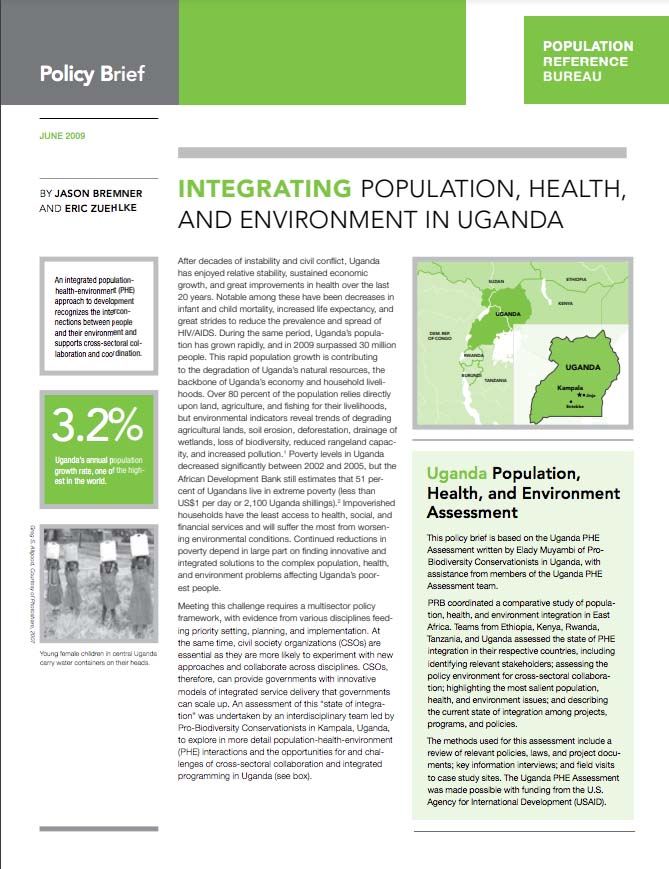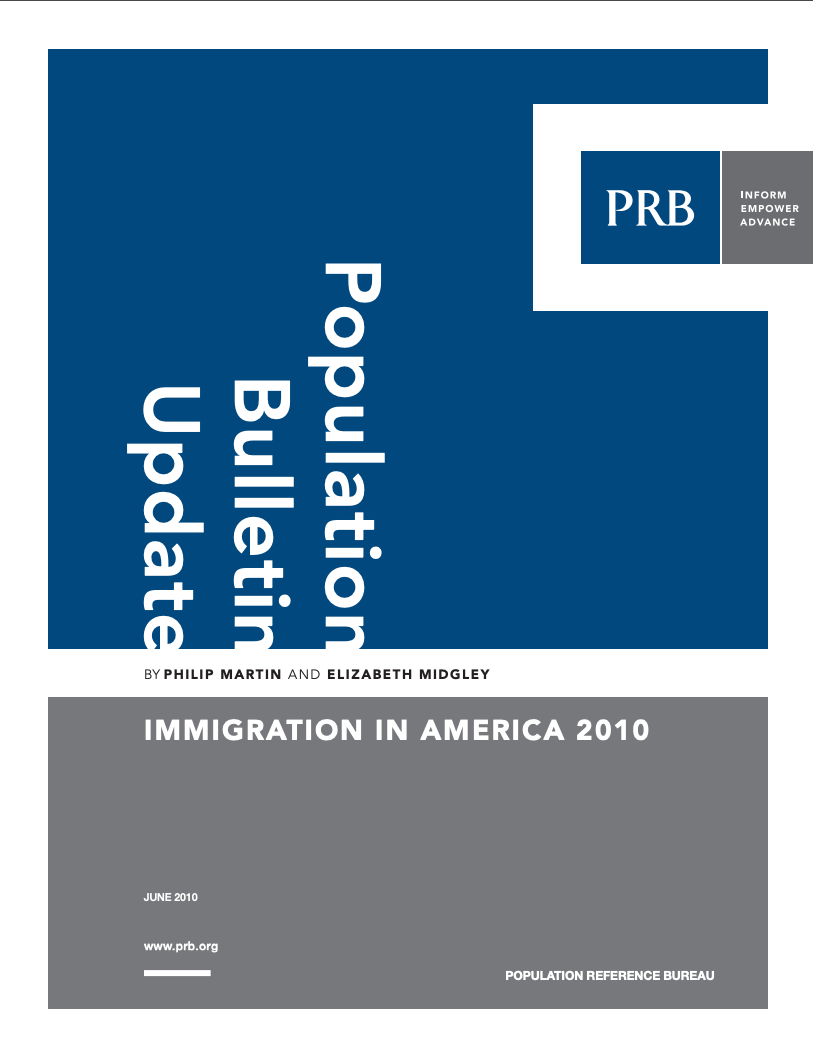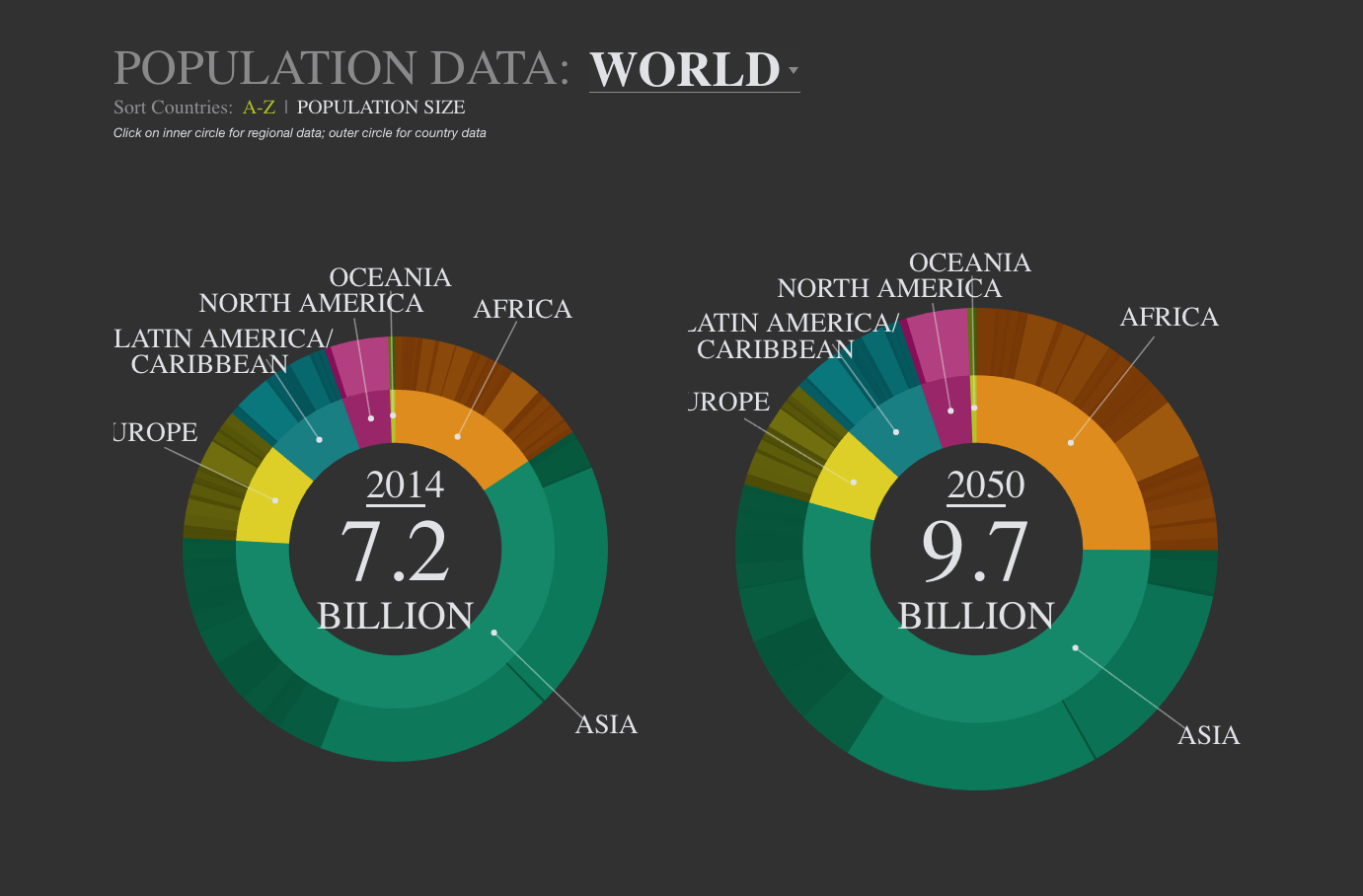Family Planning Use in Central America: Closing the Equity Gap
(2009) Family planning reduces infant and maternal mortality rates by allowing women to plan and space their pregnancies and avoid unintended pregnancies.
(2009) Family planning reduces infant and maternal mortality rates by allowing women to plan and space their pregnancies and avoid unintended pregnancies.

Project: Research Technical Assistance Center (RTAC)
This fact sheet shares how companies can use GridWatch data to identify, track, and respond to outages more rapidly.
(2012) In 1990, about 40 percent of children under age 5 worldwide were moderately or severely stunted by malnutrition, according to a recent report issued jointly by UNICEF, the World Health Organization (WHO), and the World Bank.1
(2010) Disability in older Americans affects the entire population of the United States because of its impact on the level of health care spending, especially spending on long-term care.

(2009) After decades of instability and civil conflict, Uganda has enjoyed relative stability, sustained economic growth, and great improvements in health over the last 20 years.
(2003) The United States adopts more children from abroad than any other country. The number of foreign children adopted by U.S. parents has increased sharply, and nearly doubled during the 1990s.
Project: IDEA: Informing Decisionmakers to Act

(2011) Together, China and India account for 37 percent of the world’s population. Both countries have conducted censuses over the past year, and when they report their census results, figures such as the widely accepted world population total are at risk of changing.


Project: PACE: Policy, Advocacy, and Communication Enhanced for Population and Reproductive Health
PRB's Digital Visualization highlights key global demographic trends. Explore current and projected population by region and country. And look at changes in total fertility, infant mortality, and life expectancy since 1970. A U.S. "What-If" scenario focuses on the effects of race and ethnicity on child poverty, child obesity, and college degrees.